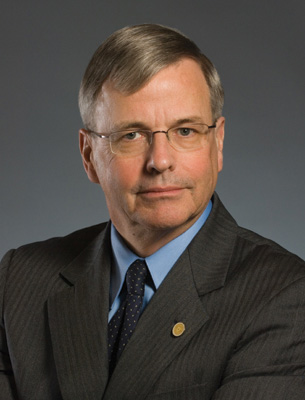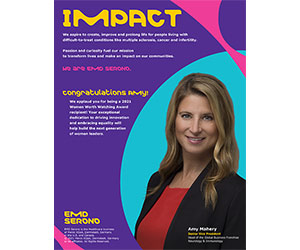
R. Peter MacKinnon Q.C.
President and Vice-Chancellor, University of Saskatchewan
Corporate Headquarters: Saskatoon, Saskatchewan, Canada
Website: www.usask.ca
Primary Business: Education
Revenues: $808 million
Employees: 7,000
2011 CEO in Action
The University of Saskatchewan is charting a course for its future. We are determined to make the changes that are required to place the University of Saskatchewan among the most distinguished universities in Canada and in the world. We have set high goals for ourselves, and we will continue to work together to attain them.
In a province of about one million people, the aboriginal community makes up approximately 15 percent of the population. Demographers and economists estimate this number to reach as high as 35 percent by the year 2045. Aboriginal children are among the fastest growing segment of our society. We recognize the economic, social and intellectual potential of this emerging population that has been largely ignored by most of Canada.
This realization has led us to embrace the aboriginal opportunity through all of our integrated planning processes. In 2001, we embarked on a change agenda to address the low levels of participation of aboriginal people in post secondary education. Five areas of focus were identified: student affairs, academic programs, research programs, cultural programs and community outreach.
Since that time, aboriginal students have increased from 3 percent in 2001 to 9 percent in 2010. Our goal is to reach 15 percent by the year 2020. An aboriginal advisor position was created to provide advice on our aboriginal engagement strategy. There has been an increase in the number of aboriginal faculty and staff. Our campus proudly hosts an annual powwow that honors our graduates. The recognition of indigenous knowledge has increased our research capacity and attracted leading scholars to our institution.
The success of this approach has led to increased participation and graduation rates of aboriginal people, increased community involvement through meaningful partnerships with the aboriginal community, and a culture of acceptance and integration on our campus. No longer do we ask ourselves why the inclusion of aboriginal people is vital to our success, but rather, how can we continue to foster a culture of inclusion for all?
Recognizing the potential of all people is a strategy that can have lasting effects on the entire organization. I should observe that in 2001, 26 percent of our faculty members were female. Today, 34 percent of our faculty members are female and 40 percent of those are under the age of 45.
We will continue to be driven by principles of human dignity and fairness in all we do, including strategies for equity and diversity, in education, employment, and all our activities. For work and for study, the University of Saskatchewan will be a destination of choice.
Education: BA, LLB, LLM
First Job: Picking vegetables on a farm in PEI (1963)
What I’m Reading: Churchill and Gandhi
Best Advice: Always bring your ‘A’ Game.
Family: Spouse, two sons, one daughter-in-law
Interests: Reading, baseball, travel
Favorite Charities: University of Saskatchewan, Confederation Centre of the Arts, United Way






